Food Revolutions: Science and Nutrition, 1700-1950
Food Purity
As some scientists discovered beneficial substances in food, others uncovered harmful ones. Chemists like Accum, Wiley and others showed that milk, meat, flour and other foodstuffs were often adulterated with inedible and even poisonous substances, as farmers, suppliers, and grocers all tried to maximize their profits. The resulting exposés led to the passage of the Pure Food and Drug Act of 1906, legislation that established the Food and Drug Administration.
Culinary Poisons
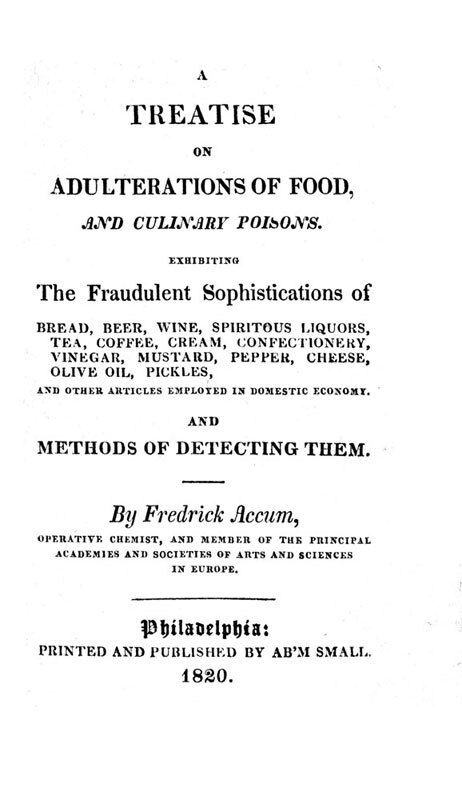
Friedrich Christian Accum (1769-1838)
A Treatise on the Adulterations of Food, and Culinary Poisons (Philadelphia : Printed and published by Ab'm Small, 1820)
TX563 .A2 1820b
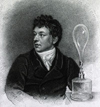
The eighteenth and nineteenth centuries saw an explosion of food adulteration in the name of profit. Grocers and suppliers often watered milk down, and then restored its color with chalk, plaster, or white lead. Plaster and chalk were also added to flour, lead to wine and beer, and dust or soot to spices, coffee, and tea. Food colorings commonly contained poisons such as mercury, lead, copper, arsenic, and vitriol.
Friedrich Accum, a chemist, published the first comprehensive survey of food adulteration, including the names and addresses of known suppliers of adulterated products in London. The book was a bombshell. In the uproar it created, Accum’s life was threatened. He was brought before a court on trumped-up charges, but he eventually escaped back to his native Berlin. Although Accum never published another scientific paper under his own name, his book brought food purity to the forefront of consumer issues.
Food Adulteration in the U.S.
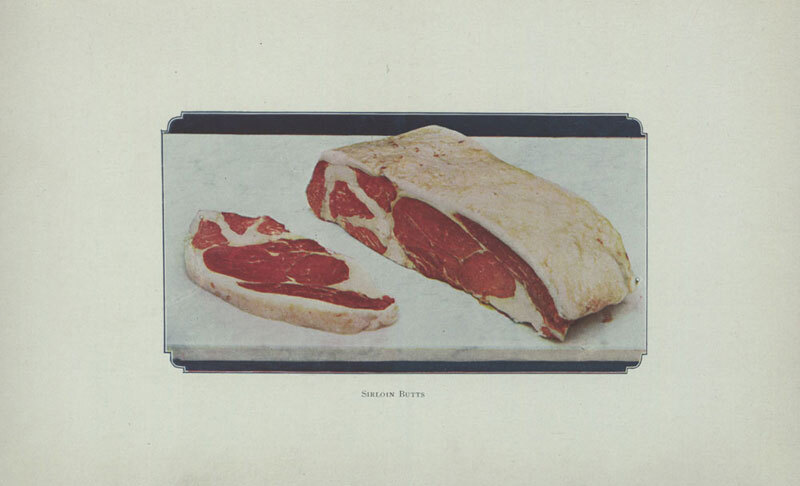
Harvey Washington Wiley (1844-1930)
Foods and Their Adulteration (Philadelphia : P. Blakiston's Son & Co., 1907)
614.3 W648
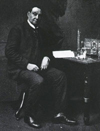
Harvey Washington Wiley, a chemist and physician, worked as the chief chemist at the United States Department of Agriculture. While there, he helped to study the effects of chemical preservatives on human volunteers. This work convinced him of the need for food and drug regulation, and he became a crusader for a pure food bill.
Part consumer manual, part chemical treatise, the book on display here was the American successor to Friedrich Accum’s Treatise on the Adulterations of Food. The colored plates were meant to illustrate the natural appearance of healthy beef. The sale of diseased meat, often disguised with poisonous coloring, was a problem during this period.
Wiley’s efforts against food adulteration came to fruition in 1906 with the passage of the Pure Food and Drug Act. He served as the first commissioner of the Food and Drug Administration, and went on to work as a research chemist for Good Housekeeping for many years.
The Pure Food and Drug Act
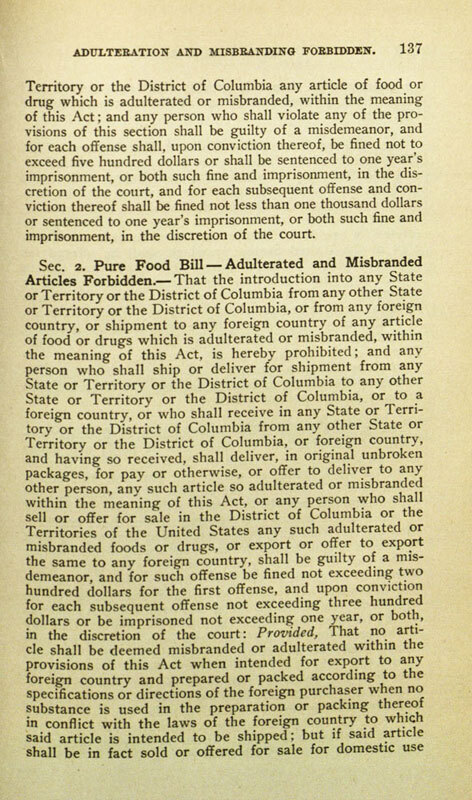
The Interstate commerce act and federal anti-trust laws (New York : Baker, Voorhis & company, 1906).
385.7 Sn9
The Pure Food and Drug Act of 1906 established the Food and Drug Administration and revolutionized the American food supply. The Act outlawed poisonous patent drugs and food additives. It also demanded truth in labeling and advertising. For the first time, foods were required to have listed ingredients, and were tested to ensure they contained nothing more, nothing less.